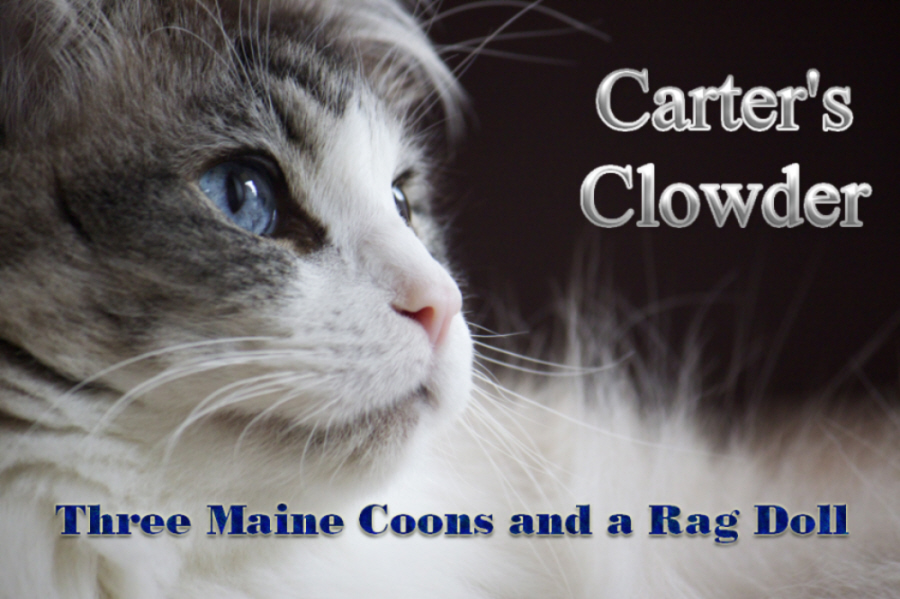Hugging a purring cat is an experience like no other. The whole animal vibrates at the same frequency that causes rainbows and unicorns to generate spontaneously. Purring leaves little doubt that the lap-warming predators we love so much are wizard aliens sent to commandeer our couches, destroy our houseplants, and charm us out of as many treats as possible.
No one is sure why cats purr. Kittens learn to purr when they are only a few days old. This lets their mother know they are okay and facilitates bonding between mother and kitten. When cats purr in adulthood, it is usually a sign of contentment or possibly arrogance. Cats know we are jealous of their ability to purr, so they like to show off. Also, similar to meowing, cats purr to manipulate humans.
Again, no one is sure how cats purr. It is nearly impossible to examine a cat while she is purring -- try it sometime! The moment the examination commences, the cat will cease to purr. One thing science does know is that cats do not have a dedicated “purring” organ.
Scientists once believed purring was the result of blood pumping through the inferior vena cava, but newer research suggests that your kitty’s purr happens in her voicebox. A neural oscillator in her brain causes her laryngeal muscles to rapidly open and close her glottis as she inhales and exhales, creating vibrations at a frequency of 25 to 150 per second, which result in the purr we know and love.
Even cooler: Your cat does not control the signals from her central nervous system that tell her to purr, meaning she has the best autopilot setting known to humanity.
Probably. But in the same way we sometimes laugh when we’re having the Worst ... Day ... Ever, your kitty might purr when he is injured, in pain, or afraid. It might also mean he wants what you have, particularly food, a warm lap, prestige, or power. And you know that heartwrenching half-purr, half-meow that makes you do gross things like let your cat lick your popsicle? That is called solicitation purring.
As if holding a vibrating wizard alien weren’t enough, research also suggests the low-frequency vibrations of the purr might promote natural healing. Studies have shown that purring can lower blood pressure and improve depression, which is why cats make great therapy animals and are beloved by many residents in nursing homes. Cats suffer from osteoarthritis less than other animals, so purring might also promote the healing of bones.
